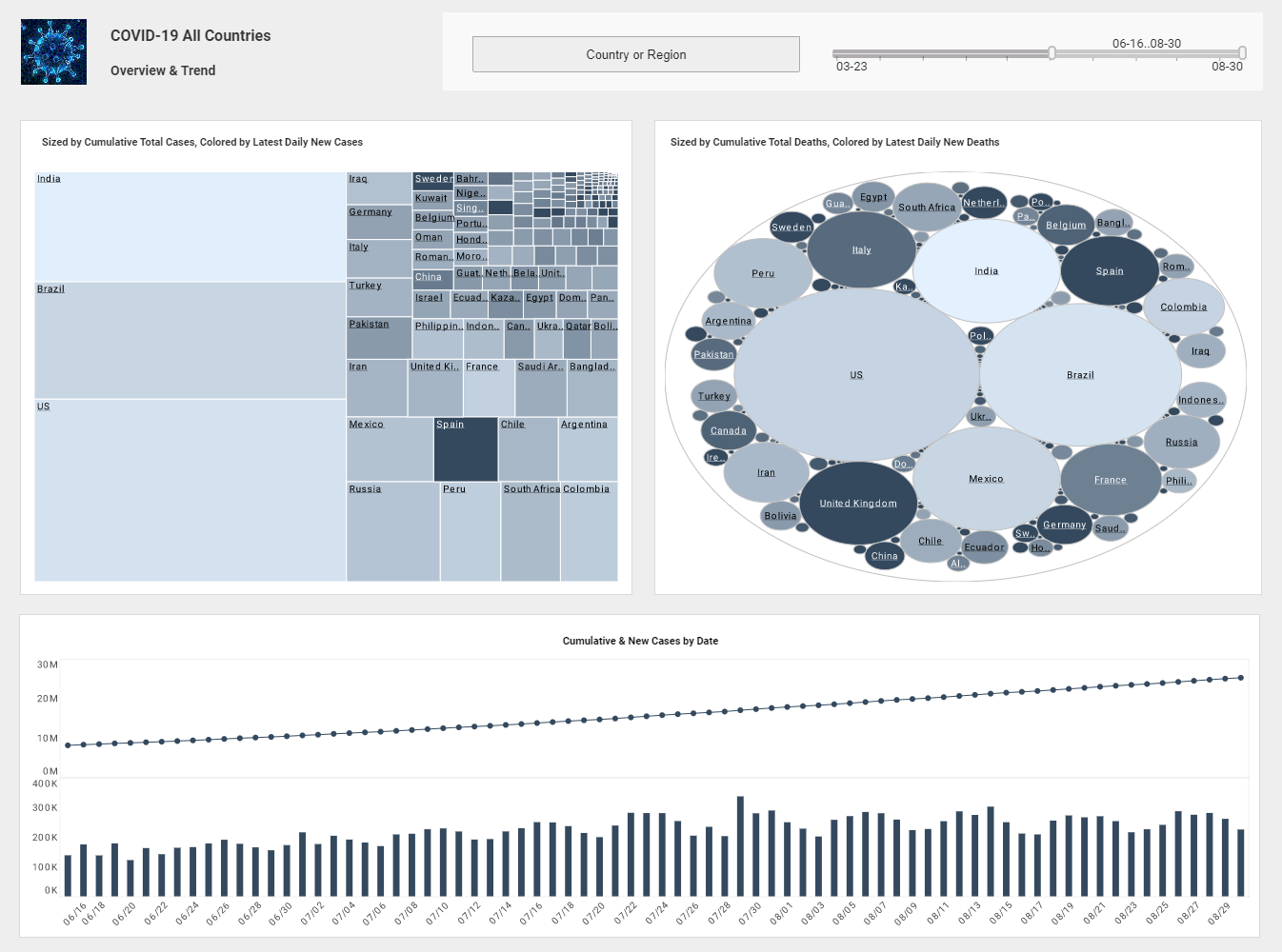InetSoft on DM Radio: The How and Why of the Consumerization of BI
This is the continuation of the transcript of DM Radio’s program titled "The Consumerization of Business Intelligence: How and Why."
Eric Kavanagh: Yeah. I like that. I really like that concept, of them catching their breath. I think that right now large organizations are -- especially the ones that were not very forward-looking. Because you always have this sort of spectrum of innovation and this spectrum of adoption and you have got forward-looking companies that jump on things early and then you have the sort of masses in the middle and then the laggards in the back.
And I think the masses in the middle are in fact kind of catching their breath on this, certainly on the iPad and the Bring Your Own Device thing and certainly to a degree on the whole consumerization of BI as well. And with that, let's go ahead and bring in our resident guest analyst/consultant of the week. We have Tracie Kambies of Deloitte. Welcome to DM Radio.
Tracie Kambies: Hey Eric, thanks.
Eric Kavanagh: Sure. So you obviously follow this space very closely. We were talking before the show began about some of the things that you are seeing out there. So what's your perspective on the how and why of the consumerization of BI?
| #1 Ranking: Read how InetSoft was rated #1 for user adoption in G2's user survey-based index | Read More |
Tracie Kambies: Yeah, it's an interesting play. And I agree that organizations are catching their breath, they have been running at a fast pace, right. I think a lot of what you see it based on -- I focus a lot in the retail industry in serving my clients today, and consumers are very demanding today. We want our stuff right now, anytime, anywhere that we are at. And that’s the whole concept around consumerization of BI; it's transferring that consumer market readiness and what people experience in the marketplace, and bringing that into the workplace.
And in the BI context, it's all about having your information at your fingertips and being able to make decisions when you want, and answer your questions when you want. As humans, scientists like Michael Merzenich, and I have probably messed up his name there, have done lot of research, and they say that they are observing that our brains are constantly adapting and shifting to our circumstances and experiences. And I think that is applying to our workforce, who relys upon data that’s sitting in the system, and wants their business intelligence solutions to adapt to where they are, and connect them better and more quickly to their information. Nobody wants to wait anymore.
Over the last 10 years, I think we have evolved as a society particularly in America to be the do-it-yourselfers. And I think that translates over into the BI space. People no longer want to wait for the solution. I think that’s one of the limitations we have seen over the last two years, is BI solutions are not easy. I mean I don’t want to dumb it down either, and I think we will hear more about that later. But with BI solutions, it is not necessarily easy to integrate all the data that’s out there today. The environment, the tools and the technologies have got to catch up to where the business users are and where they want to be.
 |
Read the top 10 reasons for selecting InetSoft as your BI partner. |
Eric Kavanagh: Yeah, I think that’s a really good point. There are obviously lots of pros and cons to this consumerization of BI. I think the pros obviously boil down to getting more people the insights that they need, right, getting it all the way out to the frontline worker. And there are lots of ways to do that. One example of getting insights from BI all the way out to a frontline worker would be companies like AT&T, where when I go and try to buy a new iPhone, some of those systems or maybe all of them so far as I know have scores. The customer service representative in the store is on their screen, and they can get a score for how good of a customer you are, how good of a prospect you are. So that’s an example of insights from BI such as what is the customer’s lifetime value, the customer’s return possibility, putting that kind of thing right out to the customer service rep who is standing with you in the store or on the phone.
I mean that’s a way of putting BI out to the masses as well. But then on this other side of the iPad, since I think it is such an interesting topic, it is fascinating to see how this form factor, just like a bull in a China shop came through and changed everything and really forced IT to adapt, right?
| Previous: InetSoft Participates in DM Radio Broadcast on the Consumerization of BI |


